How much will a new kitchen cost you in 2025?
New kitchen costs can quickly mount up if you're not prepared. Here's what you can expect to pay if you're planning on investing in a new kitchen in 2025
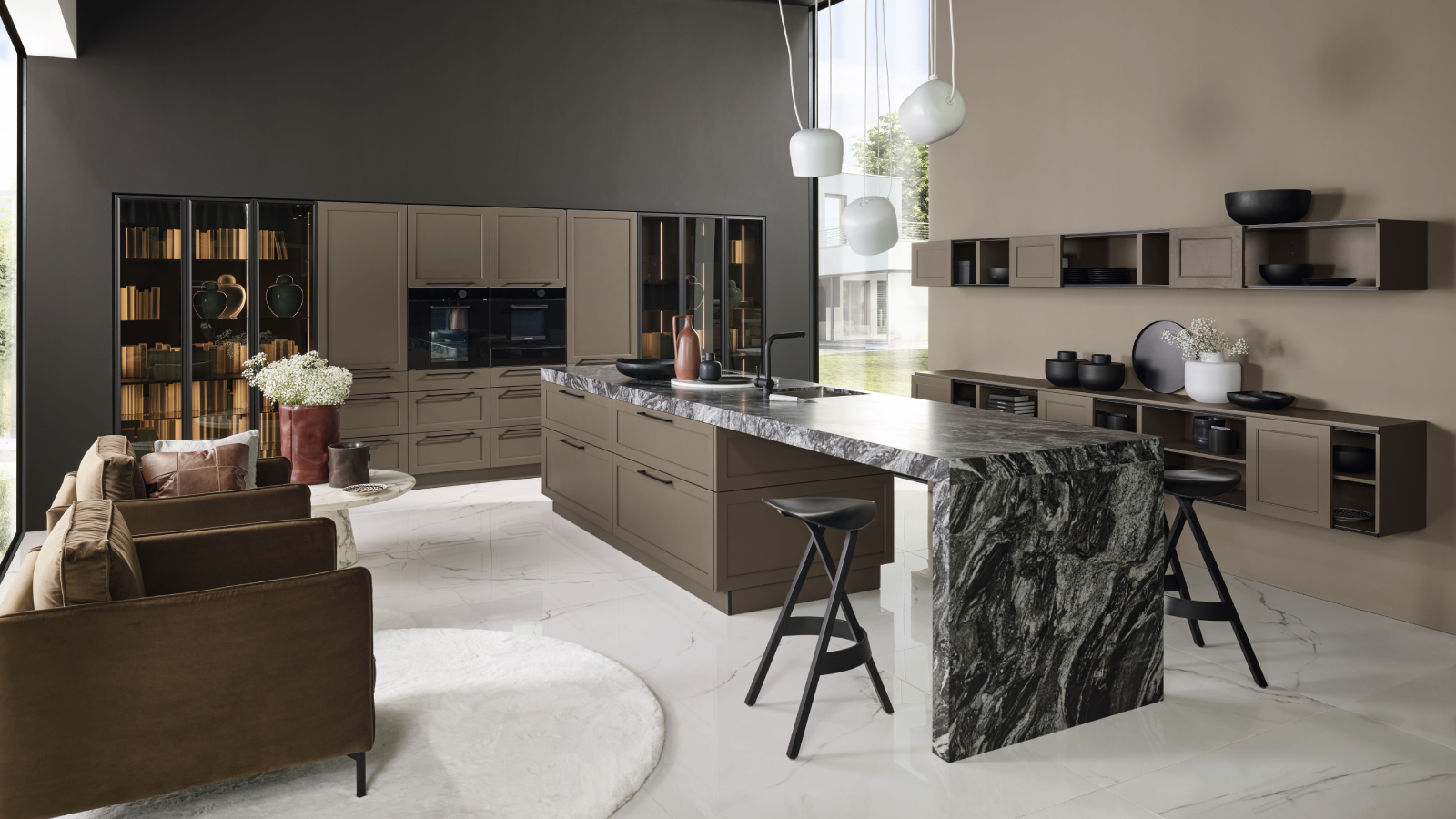
How much does a new kitchen cost is one of the most frequently asked questions by homeowners considering a renovation, extension or self-build. And while the answer can vary depending on size, style, quality and layout, there's no point asking the experts to design a kitchen, if you're in the dark as to what it might cost.
So, while we can't hand you a set of exact figures for what your individual project is going to come in at, we can give you an idea of what you might need to set aside for the kitchen itself, as well as all the items you need to account for on your budgeting plan.
Here, we take a look at the average costs of different types of kitchens, from flat-pack to custom made, so you can see just how far your budget will stretch for your new kitchen costs.

What's included in new kitchen costs?
“There are many factors to think about when budgeting for a new kitchen," says Debra Hutt, kitchen expert at Wren Kitchens. "it is best to start with a clear budget for the main components such as cabinets, worktops, handles and hardware, then consider if you need new appliances such as ovens, sinks and fridges.
“Depending on whether you are doing a complete kitchen re-fit or replacing certain features as part of an upgrade, it’s also important to factor in costs such as new flooring, lighting and decorating/painting, when budgeting the whole project," she adds."
As each of these areas will generate its own set of costs, in order to give you a clearer picture of what you can expect to pay for your new kitchen units, we've broken this guide down into sections, looking at budget and mid-range kitchens, off-the-shelf options, second hand kitchens and bespoke luxury options.
We'll then finish by taking a look at all other fitted kitchen costs you will need to include whether you're installing into a new self build property or renovating an existing home.
Bring your dream home to life with expert advice, how to guides and design inspiration. Sign up for our newsletter and get two free tickets to a Homebuilding & Renovating Show near you.
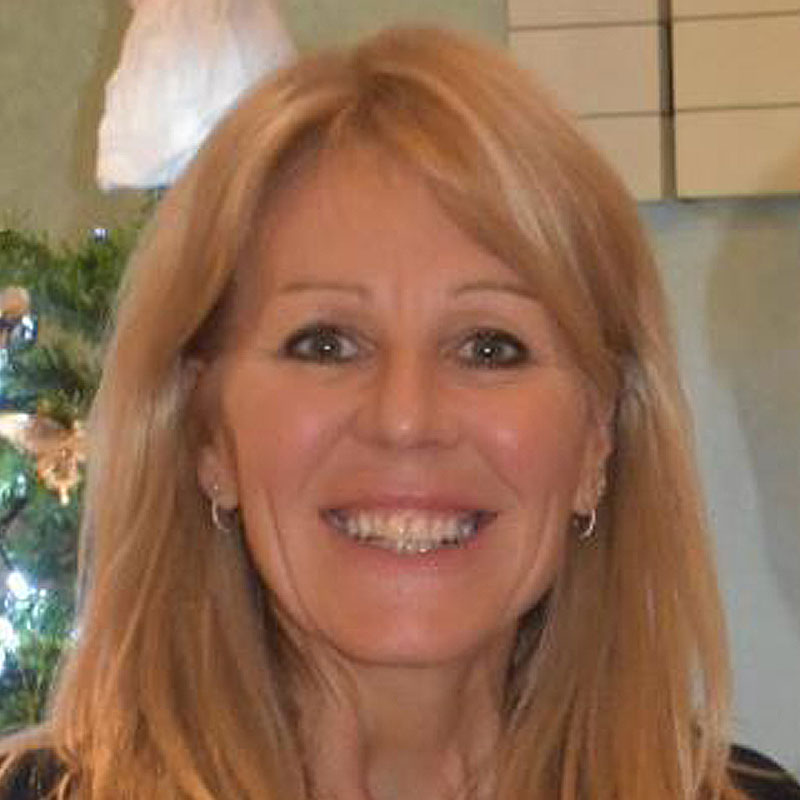
Debra Hutt is the Head of PR and Supplier Relations at Wren Kitchens, where she has contributed over five years of expertise during a period of rapid, strategic growth.
Is it worth considering a cheap kitchen?
If you are on a tight budget, the good news is that there are very cheap kitchens available for sometimes less than £1,000. The bad news is that they aren't always the bargain they seem to be.
At these prices, you’ll be looking at largely chipboard or MDF cabinetry, faced with the likes of melamine, veneer or laminate. They will be sold flat-packed, ready to assembled on a DIY basis and are not likely to include worktops or appliances.
While they can be a good short term solution, the chances are you'll need to replace it sooner than you imagine, and there may be other ways of keeping costs down so that you can invest more in fixtures and fittings that will last.
The biggest problem with opting for a cheap kitchen? You will likely have to measure the space yourself which can lead to errors. While most budget kitchen brands – from IKEA to DIY stores such as B&Q , will have a fitting service, it’s less common to have at home appointments where your kitchen is measured. Usually, you’ll measure your kitchen yourself and attend a design appointment where a 3D design will be generated.
“When planning a new kitchen, ensuring your space is measured correctly ahead of selecting your design and features is an absolute must," says Debra Hutt.
“We always recommend speaking with a designer beforehand so that a surveyor can take accurate measurements and offer expert advice before committing to any purchases," she says. "If this isn’t done correctly, it could incur significant additional costs in having things re-designed.
“An additional mistake is not properly considering the space you have available before selecting units and components. You need to work with the space you have to create a kitchen that is perfectly functional to you.”
Instead of choosing a cheap kitchen, perhaps consider other ways of saving money instead say the experts.
"The key elements of any kitchen renovation costs are materials and labour. The biggest percentage of the material cost will be the purchase of the kitchen units, worktop and kitchen appliances," explains Tim Phillips, experienced senior quantity surveyor and estimator.
"I always buy just the kitchen units and doors/drawer fronts from the kitchen company," says Tim, "and then purchase worktops from a third-party company, who will template, supply and install," says Tim.
If you're an experienced DIYer, you could also save on kitchen installation costs by fitting a new kitchen yourself or perhaps tackle the kitchen tiling too.

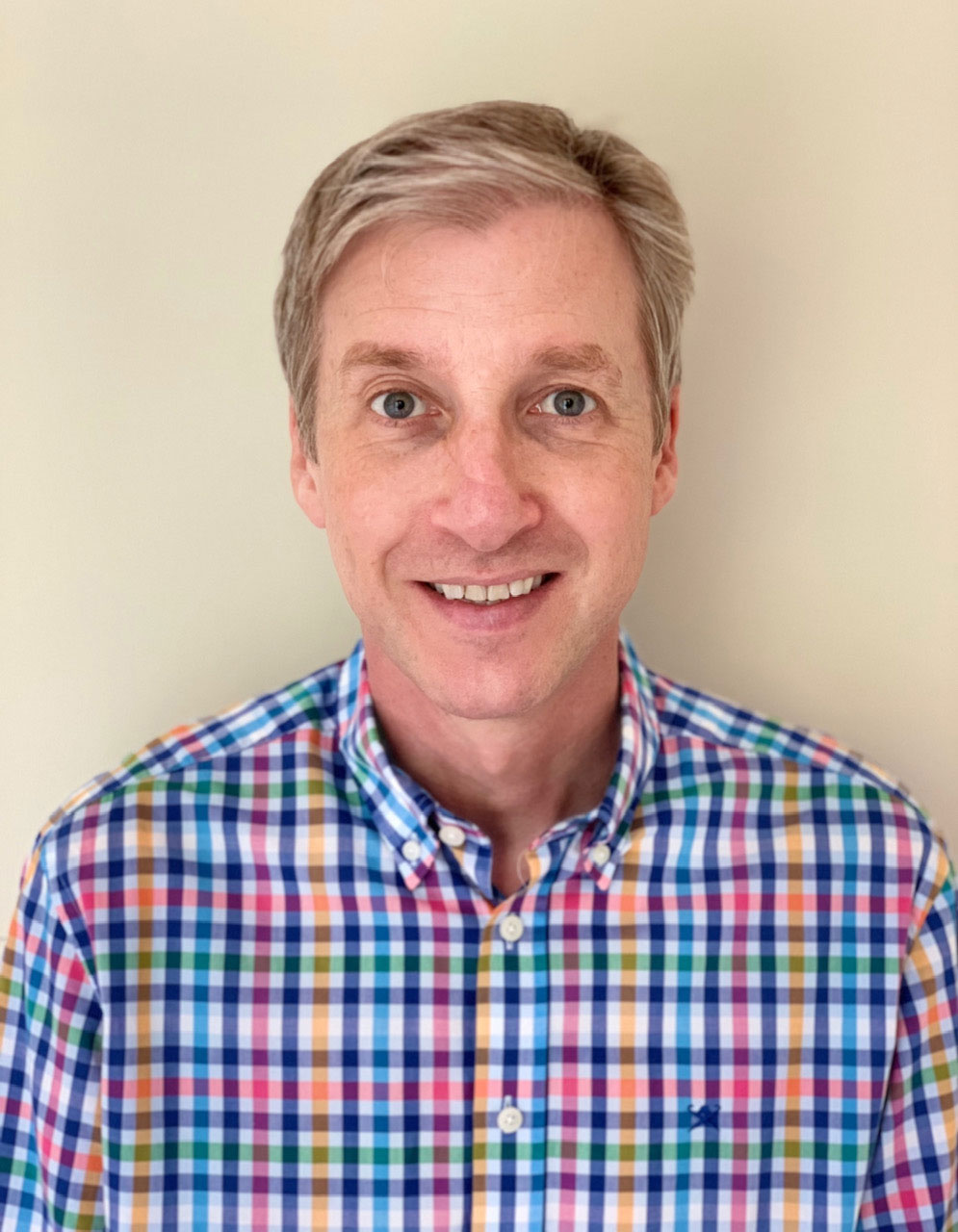
Tim Phillips is an experienced senior quantity surveyor and estimator and has worked in the construction industry for over 35 years. He has extensive experience of undertaking his own full-scale house renovations. He is also a speaker and expert at the Homebuilding & Renovating Shows.
What to consider when buying a flat-pack kitchen
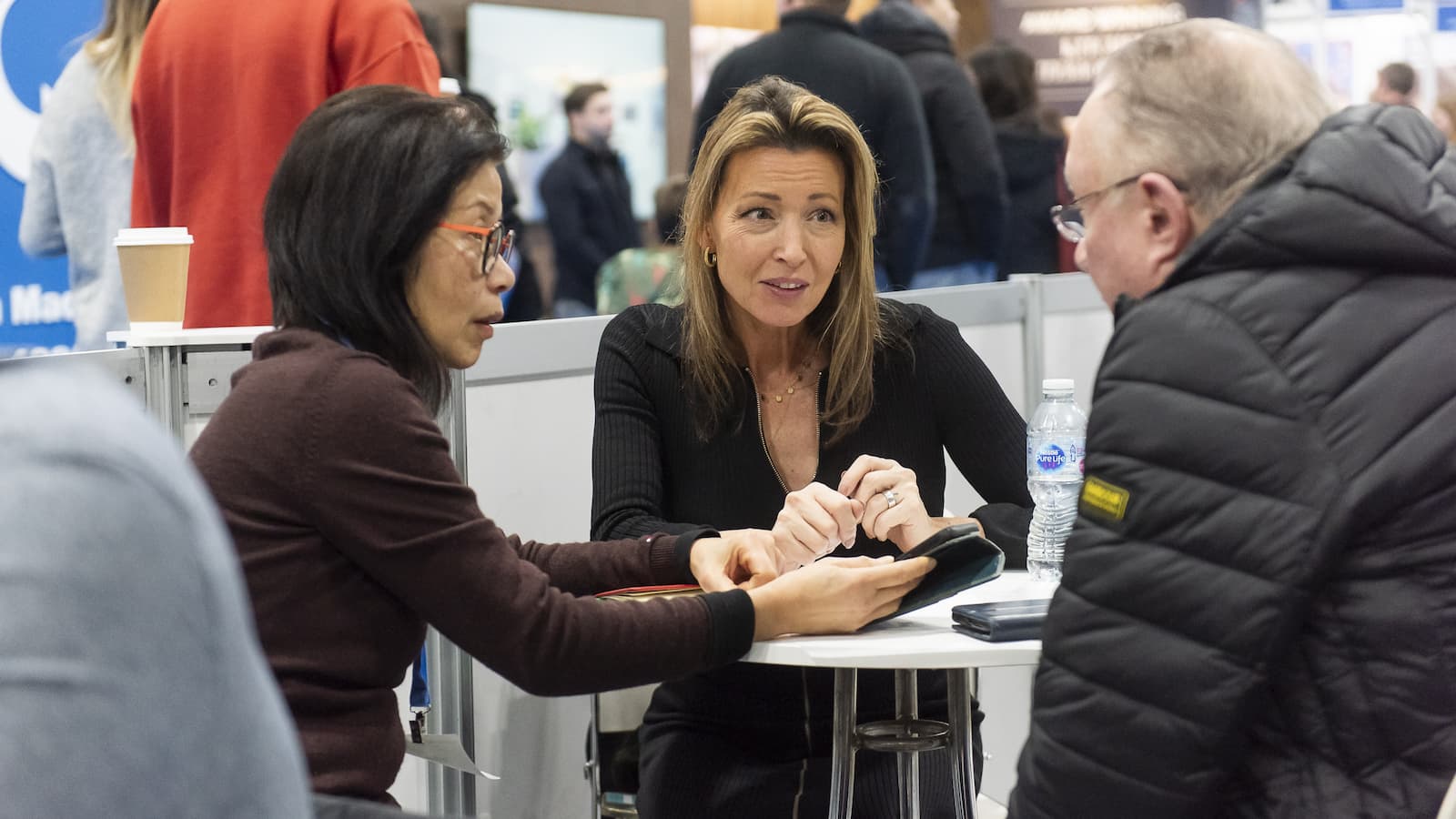
Need more advice or inspiration for your project? Get two free tickets to the Homebuilding & Renovating Show.
Buying a kitchen flat-packed, ready for home assembly is a great cost-alternative to have one installed for you or buying bespoke.
What you end up paying obviously depends on your supplier and what your chosen design includes. Although people can be wary of flat-packed kitchens, providing you choose a well-made product there is no reason why these cannot offer fantastic value for money. They also give your the chance to have a go at fitting a kitchen on a DIY basis, offering further savings.
Flat-pack kitchens are cheaper than bespoke but most suppliers will generally offer a range of units from budget through to premium. Some flat-pack kitchens also often only comprise of cabinetry and won't include worktops, appliances or installation so do make sure you have a full understanding of what is and isn't included when purchasing one.
If you do opt for a flat-pack kitchen, make sure you also shop around and pay attention to details such as what fittings are included with a budget kitchen. IKEA supplies all its kitchens with BLUM fittings for example, which are also regularly used by luxury kitchen brands.
As a guide, Debra Hutt says at Wren Kitchens, you could expect to pay:
- Cost of an average small kitchen: 8 cabinets, 3 appliances and mid-range materials (not including installation), Wren's INFINITY collection - £3,154 or Wren’s premium made to order INFINITY PLUS collection - £4,671
- Cost of an average large kitchen: 16 cabinets, 3 appliances and mid-range materials (not including installation),Wren’s INFINITY collection - £6,305 or Wren’s INFINITY PLUS collection - £9,028
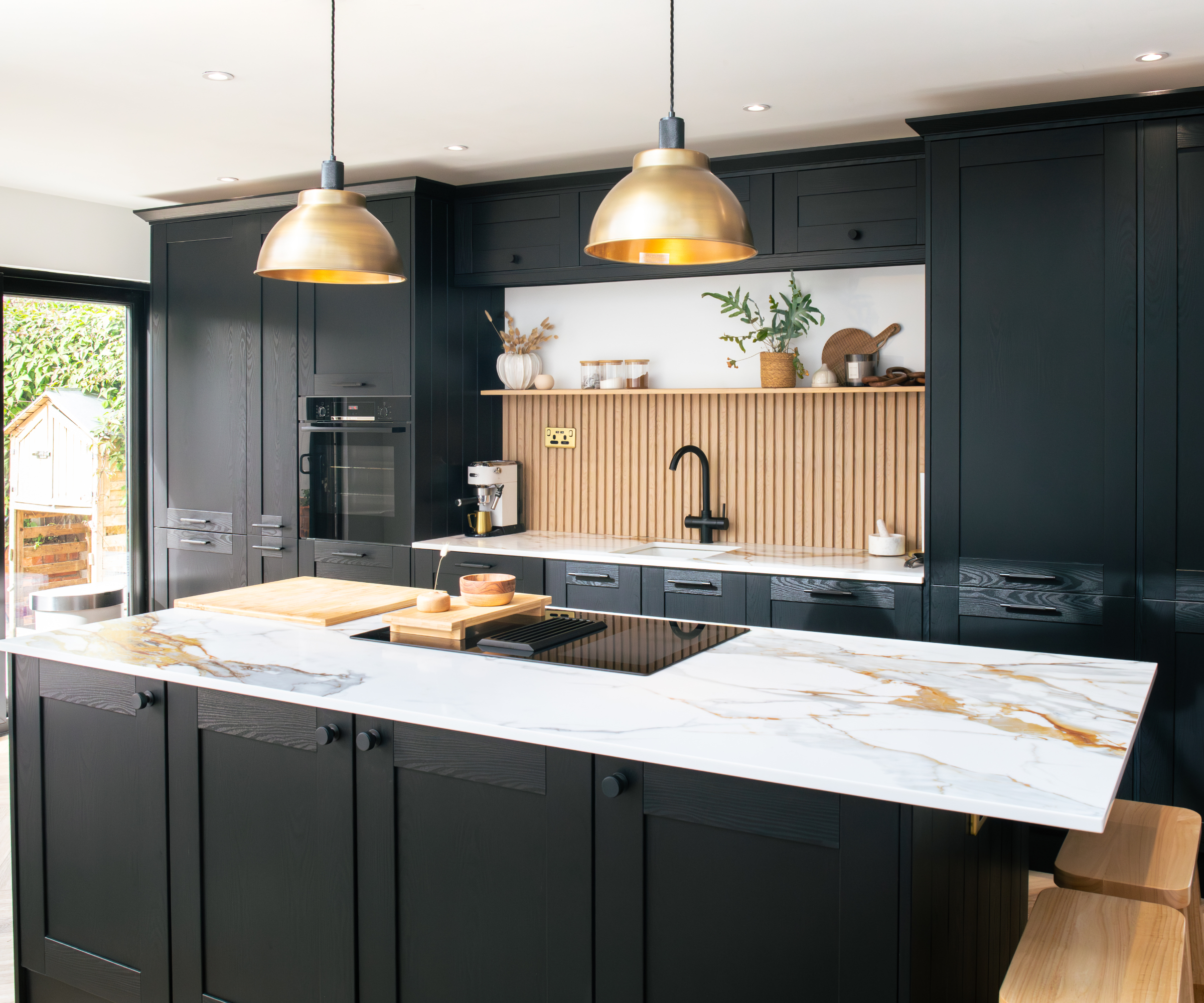
How much do second hand kitchens cost?
Second hand kitchens can be a brilliant way to get your hands on a designer, high-quality kitchen for just a fraction of the price it would have been sold for brand new. Of course, the cost of a used kitchen is dependent on a lot of factors, including the brand, materials used, age and condition of the kitchen. It will also depend on what is included – some second hand kitchens come complete with all appliances, for example.
As a rough guide, Used Kitchen Exchange suggests that sellers take the original purchase price, halve it, and then take off a £1,000 for every year it has been in use. If the original purchase price of a kitchen was £25,000 and the owners had used it for ten years then a purchaser might expect to pay around £2,500 for it.
Another option is to buy an ex-display kitchen from a kitchen showroom – these are somewhat easier to price with discounts starting from around 50% of the price of a non-display kitchen.
Don't forget too that it is often possible to make other savings when buying a second hand kitchen.
"Buyers on The Used Kitchen Company platform can also earn money from selling their used kitchen instead of paying for dismantle, skips and sending to landfill," says Looeeze Grossman, CEO and founder of The Used Kitchen Company. "By selling your unwanted kitchen, you could earn money towards your own renovation project."


Looeeze is an expert in all things related to second hand and used kitchens. In 2005 she started The Used Kitchen Company, responsible for introducing the concept of recycling kitchens from showrooms and private homes, saving 1000s of tonnes of waste from landfill, promoting sustainability and introducing an ethical choice to the kitchen industry.
What is the average price of a mid-range kitchen?
Middle of the range kitchens are usually made to order using higher quality materials than a budget kitchen. Carcasses tend to be constructed from better quality veneered MDF or birch ply, doors may also be available in the likes of solid timber, plywood and high quality laminate. They’re likely to be available in a greater number of sizes and contain better internal storage solutions.
As part of a mid-range kitchen, you can also look forward to the showroom treatment – entailing a more experienced designer and home visits with professional measurements which will all be factored into the price of the kitchen.
Mid-range kitchens are likely to be priced between £10,000 and £20,000 depending on size and choice of worktops and appliances.
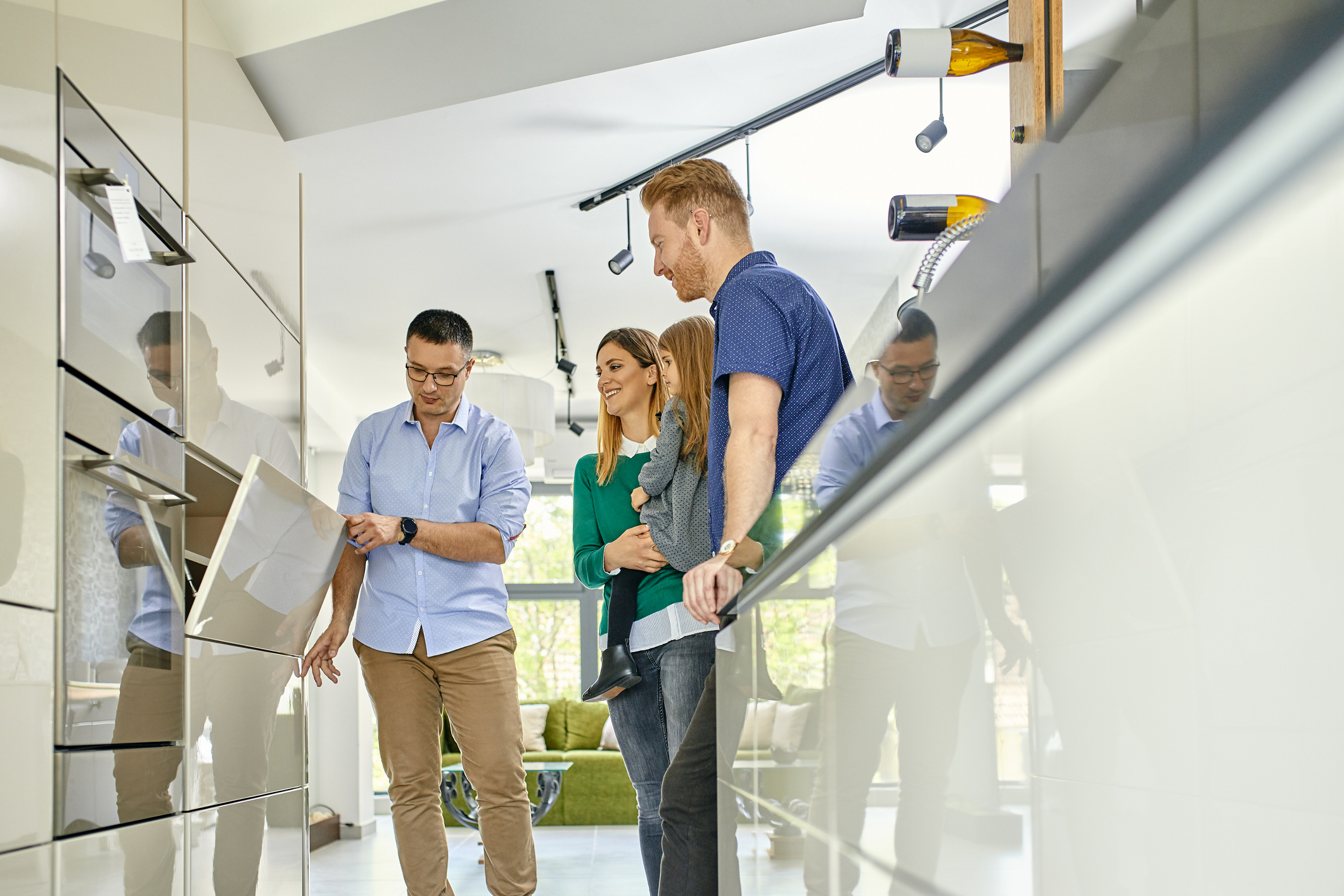
What is the cost of a high-end kitchen?
Luxury kitchens tend to be bespoke. This type of kitchen is custom made to the exact dimensions of your space, allowing for the perfect fit of cabinetry and a chance to make the very most of every available centimetre – in short, it will be tailored precisely to your needs.
Bespoke kitchens are usually handmade, often in the UK, and from luxury materials. Discerning bespoke kitchen brands will use solid timber for carcasses and doors and the final results can include everything from the kitchen through to fully considered seating areas, entertainment zones and high-end kitchen appliances.
How much you spend will be entirely up to you. At the upper end of the bespoke market, you will often see starting prices close to around £25,000, but with an almost limitless variety in materials potentially available, high-end furniture makers will see kitchen prices of £50,000 and well above. That said, there are also companies such as Naked Kitchens and Olive & Barr who both offer more affordable bespoke options.
So why do costs vary so much? Part of it can be down to the design of the cabinets as well as the materials used.
"A simple shaker style cabinet is quicker and easier to make than a cabinet that includes beading, or a more intricate design," explains Richard Davonport, founder and managing director of Davonport.
"Additionally, the shape of the cabinets can cause the price to vary. If the design includes curved cabinetry it will be more expensive for example. Ultimately, the more the design varies and the more individuality required, the higher the cost."

Additional fitted kitchen costs
When it comes to knowing your final new kitchen costs, it's also important to distinguish between some of the elements of a new kitchen in a self build versus a renovation.
After all, there's of course more to fitting a kitchen than installing some units and a worktop. "If you’re renovating a property, you’ll probably need to rip out the existing kitchen and start again," advises serial renovator Katie Thomasson. "This not only includes the units and worktops, but also any existing flooring or tiling. Doing as much of this yourself will save you money, not only on labour but also disposal, which if often an added extra.
"If your local council doesn’t allow disposal of kitchens for free, try placing an advert on social media. If your kitchen is in good enough condition, there’s a chance you could make some money selling it online. Some people are even happy to remove the kitchen themselves, saving you all the legwork."
As well as the cost of the new units, worktops and appliances, in a kitchen renovation or remodel you will also need to factor in costs for:
- A skip
- Electrics (lighting and extraction)
- Plumbing (new appliances and sinks)
- Replastering
- Repainting
- Flooring
While many of these costs will naturally be absorbed into your overall budget on a self build or in a new kitchen extension, they will need to go onto your spreadsheet if working in an existing space.
For bespoke, high-end kitchens many companies don't divide different costs and provide a single all-inclusive quote.
If you're installing an ex-display kitchen, a professional kitchen fitter might be able to create a better finish, tailored to the individual room, so it might be worth consulting with someone before you buy.
And, if you're keen to make sure you aren't being quoted over the odds for your fitted kitchen costs, "as a general rule, it is thought that a new kitchen could add between 5 and 10% to the overall value of your home," explains Katie Thomasson. "So a home thought to be worth £300,000 once the build project is complete would generally have a kitchen that costs no more than £15,000 - £30,000 to install. (This figure includes everything from fitting, to plumbing and electrics.)"
FAQs
Can you buy a kitchen from a trade supplier?
If you're wondering about new kitchen costs if you buy from a trade supplier, such as Benchmarx or Howdens, be aware that you won’t be able to see a price list directly from the brands. Their kitchens need to be purchased through a tradesperson with an active account who will have a discount depending on the amount of kitchens they buy annually.
However, don’t expect to pay the trade price that your tradesperson paid for the kitchen. They’re likely to add a mark-up to the costs they charge you.
That said, it can still mean it's worth considering as an option. I installed a Howden's kitchen in a property as my builder had an account with a good discount. While it wasn't their most premium range, it felt like a better quality option than flat pack, but at an affordable price.
Can changing kitchen doors be a cheap way to remodel?
Whether you’re looking to upgrade new budget kitchen units, or considering replacing kitchen doors, this is one way of updating your kitchen without the full expense of new kitchen costs.
The average cost for new doors, which tend to be higher quality than those that would be provided by budget kitchen companies, for a medium-sized kitchen, would start from around £800-£1000, rising to £3,000 - £4,000 for higher quality versions.
Alternatively, if you are happy with the overall design and quality of your kitchen, but simply want to change the colour, you could investigate kitchen respray costs instead.
Is there a ratio for how to split your kitchen budget between each area?
“Costs vary depending on the collection you choose, the worktop - whether it’s a laminate or Quartz - and the level of appliances you prefer," says Debra Hutt.
"The best way to approach this is to share your total budget, kitchen measurements and what style you have in mind with a qualified kitchen designer, who will be able to design a kitchen that meets your dreams and your budget.
Debra Hutt's final piece of advise for keeping your new kitchen costs in check?
“A common consideration that many people forget when designing a kitchen is the overall practicality. Items such as lighting, appliances and more aesthetic, decorative touches can be changed and added at any time, but the function of a kitchen needs to be thoughtfully considered at the outset.
“For example, before choosing cabinets and worktops, ensure the kitchen space itself has been thoughtfully mapped out, to ensure any limitations have been identified and you have a good understanding of a potential layout before progressing.”
Seeking kitchen layout inspiration? Take a look at these galley kitchen ideas that are perfect for smaller spaces and don't forget to consider whether a freestanding or fitted kitchen is right for you and your home.
Natasha was Homebuilding & Renovating’s Associate Content Editor and was a member of the Homebuilding team for over two decades. In her role on Homebuilding & Renovating she imparted her knowledge on a wide range of renovation topics, from window condensation to renovating bathrooms, to removing walls and adding an extension. She continues to write for Homebuilding on these topics, and more. An experienced journalist and renovation expert, she also writes for a number of other homes titles, including Homes & Gardens and Ideal Homes. Over the years Natasha has renovated and carried out a side extension to a Victorian terrace. She is currently living in the rural Edwardian cottage she renovated and extended on a largely DIY basis, living on site for the duration of the project.

